2-1/16 water temp gauge electric
The water temperature gauge of course refers to the water temperature, indicating the temperature of the coolant, but it also indicates the temperature of the engine. After all, the coolant is used to cool the engine, so if the water temperature is too high, the engine cannot work properly. Conversely, if the water temperature is too low, it is also an important factor in high fuel consumption. After the ignition switch is turned on, the current flows through the 2-1/16 electric water temp gauge and sensor. When the temperature of the cooling water is low, the resistance value of the thermistor inside the sensor is relatively large, and the current flowing through coils L1 and L2 is not much different. However, with the number of turns in L1, the magnetic field generated is strong, causing the armature to drive the pointer to deflect to the left, and the 2-1/16 electric water temp gauge pointer points towards the low-temperature scale. When the temperature of the cooling water increases, the resistance value of the thermistor decreases, the current in coil L2 significantly increases, and the electromagnetic force also increases, causing the armature to drive the pointer to the right, and the pointer of the water temperature gauge points towards the high-temperature scale.
There are many reasons that can cause high engine 2-1/16 electric water temp gauge water temperature or even "boiling", such as damage to electronic components of the cooling system (thermostat, cooling fan), poor heat dissipation of the radiator, and insufficient coolant. Pull over, but don't turn off the engine immediately! Because the temperature of the coolant is already high and the cooling capacity has reached its limit, if the engine is immediately turned off, the boiling coolant will stop circulating (for most engines, the water pump is driven by the crankshaft).
Of course, if it were an electronic water pump engine, it would be better. If the temperature is too high and the engine cannot be cooled, it is also difficult for the engine to withstand. If the engine is allowed to idle for a while, the continuously circulating coolant can still reduce the impact of high temperature on the engine. Check if there is a lack of antifreeze, resulting in high engine water temperature. Check if the circulation of the coolant is not smooth. Secondly, it can also be checked that water temperature sensors, water pumps, thermostats, cooling fans, etc. may all cause high water temperature. If you don't have strong hands-on skills, it's better to go to the repair shop for inspection.
 English
English 

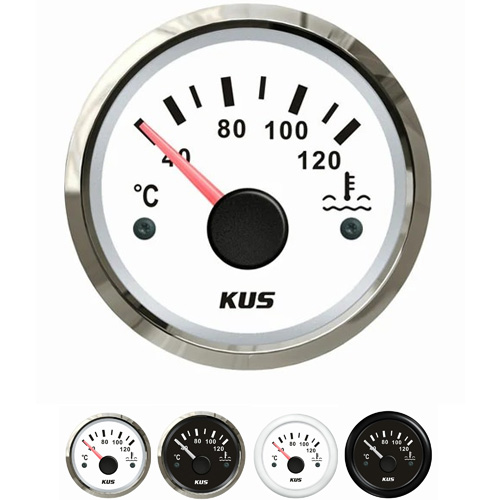
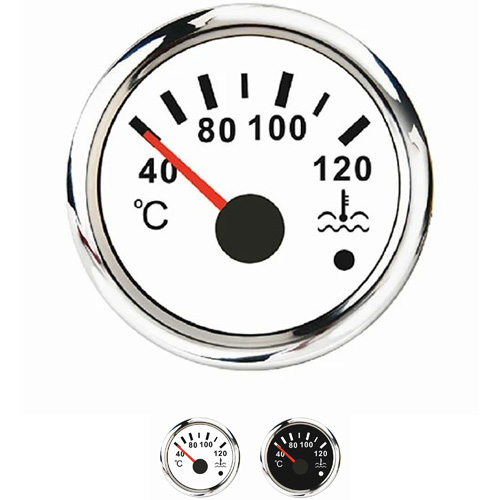
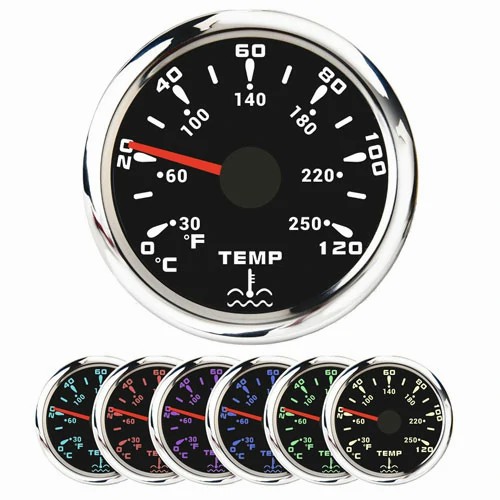
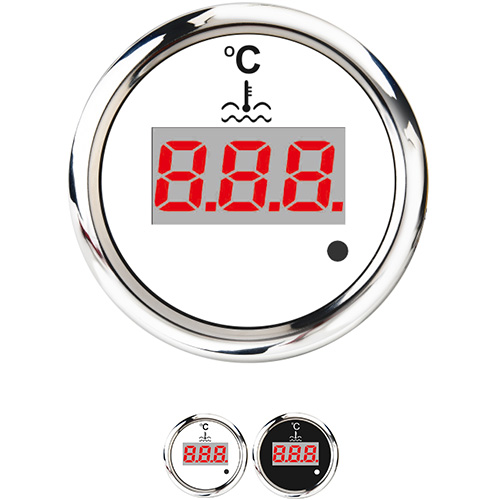
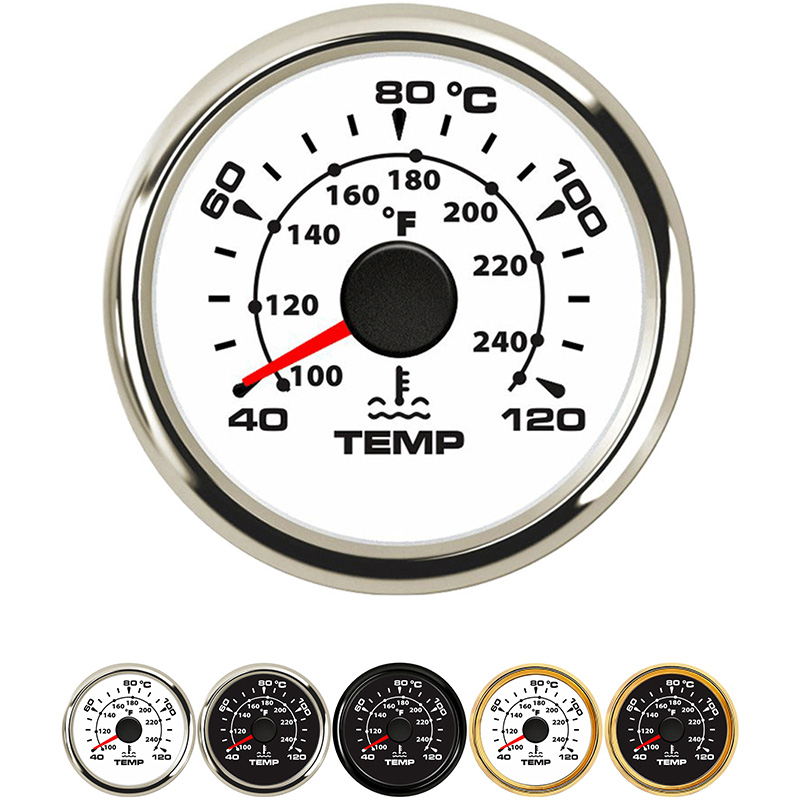
Get a Quote / Info